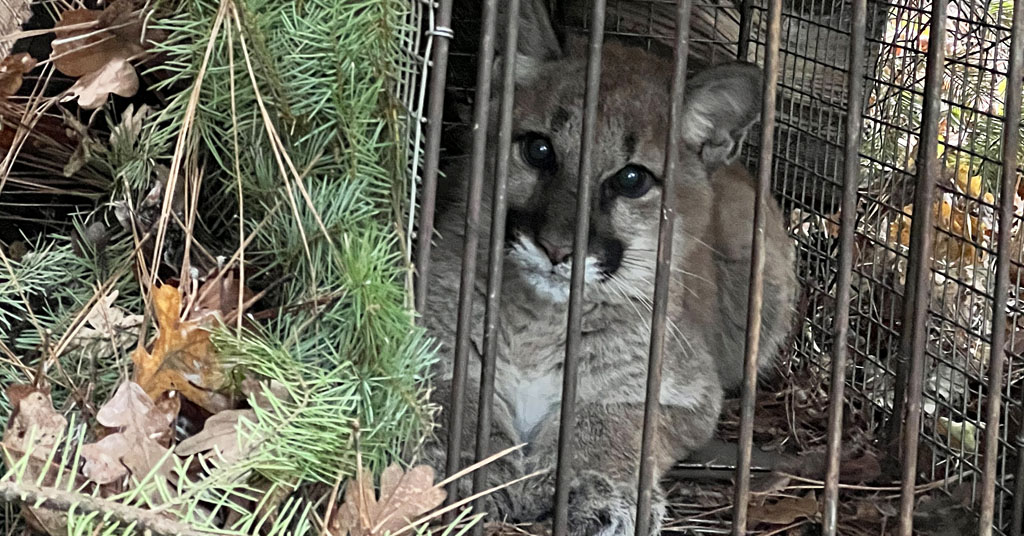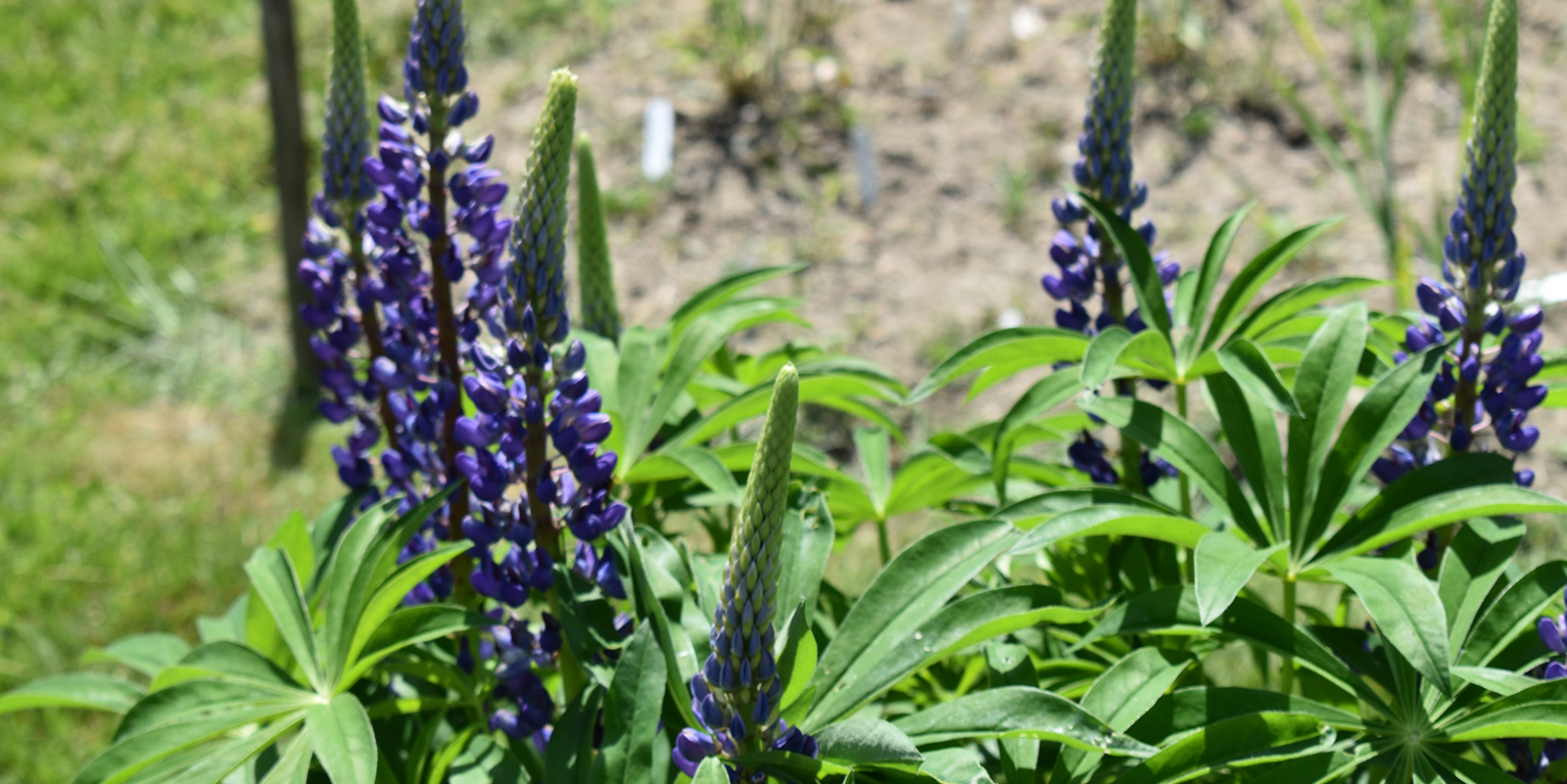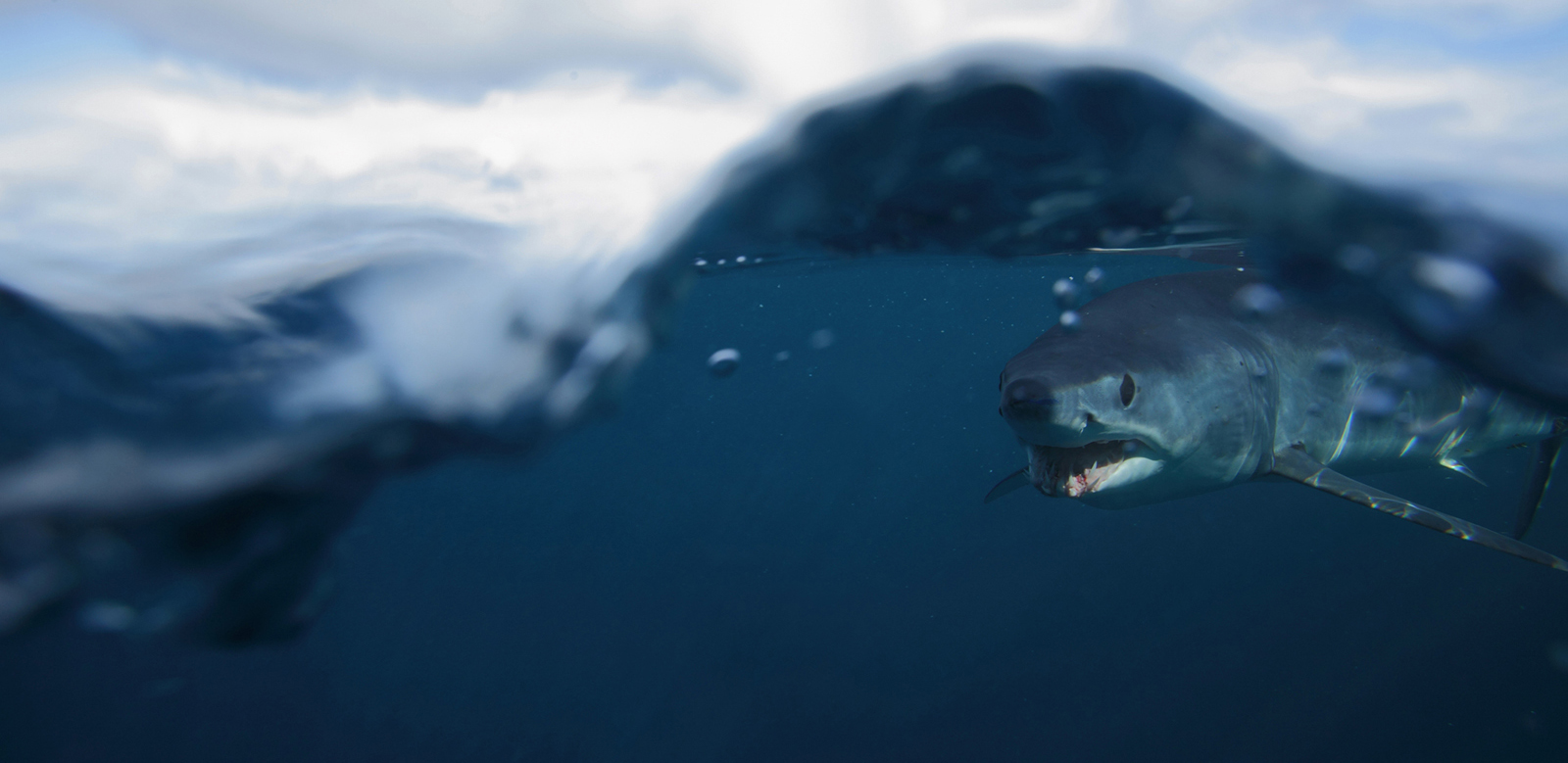Help Spot Deer to Determine Rhode Island’s Herd Size
August 7, 2020
The Rhode Island Department of Environmental Management (DEM) is trying to get a better idea of the size of the state’s white-tailed deer herd, and it’s asking Rhode Islanders for help.
Throughout the months of August and September, anyone who observes deer in the state is encouraged to report how many bucks, does, and fawns they see via an online form.
The Ocean State is “not hurting for deer,” said Dylan Ferreira, the state wildlife biologist responsible for monitoring the deer herd. But to get an accurate idea of the population size, he is planning to create a computer model, and one set of data that is crucial to the model is what biologists call “recruitment” — the number of newborns that make it to reproductive age.
“While recruitment won’t give us population numbers, it will give us a fawn-to-doe ratio and tell us how successful our does are at reproducing,” Ferreira said. “Then we can plug that into the model as another piece of evidence for our population tally.”
He suspects that the ratio will be between 1 and 1.5 fawns per doe, on average.
This information will be added to data about how many deer are killed by hunters and vehicles each year, the number of hunting licenses sold, and an index of what Ferreira calls hunter effort, among other data.
“If hunters harvest 1,000 deer one year and 2,000 the next, it could be because the population has changed or because hunters have put in more effort to hunt them,” he said. “We’ve got a new online licensing system in place to better monitor hunter numbers and effort, as well as a hunter effort survey.”
About 2,200 deer were killed by hunters during the 2019-20 hunting season, an increase from the nearly 2,100 harvested the previous year. Ferreira said the state’s deer harvest has been rather stable since about 2013.
“We have plenty of deer in the state, so for most hunters, if they put a little time in, they’ll get one,” he said, noting that deer can become a nuisance in urban and suburban areas where hunting isn’t allowed. An overabundance of the animals can also have a negative impact on plants and tree seedlings in the forest understory if deer numbers aren’t kept in check.
Hunting is the only method the state employs to manage the deer herd in Rhode Island, and hunter numbers have been on the decline in recent years.
“If you ask the hunters, they’ll say we’ve got too many hunters, but if you ask a forester, they’ll say we don’t have enough,” Ferreira said. “It’s a delicate balance. I think we’re losing hunters too fast, so we’re looking for more ways to recruit, retain, and reactivate hunters. Having enough hunters to manage the deer is important.”
Although this is the first year DEM is seeking public reports about deer observations, the project is similar to the annual effort to collect information from the public about the number of turkeys and turkey poults observed each summer.
To participate in the deer observation survey, click here. A fact sheet linked from the survey will help observers distinguish between bucks, does, and fawns. By late August, most fawns will no longer have spots, so Ferreira suggests identifying them by their smaller size and shorter nose. Bucks should be easy to identify as all should have antlers by now.
Ferreira requested that only deer observed during daylight hours be reported, and deer captured on trail cameras should be excluded. If the same individual deer are seen repeatedly in the same general area, only report them once.
“You can attach a photo to your observation as well,” Ferreira said. “That’s a good way for me to do quality control, though I’m confident most people know what’s what. I just like seeing pictures of deer.”
Rhode Island resident and author Todd McLeish runs a wildlife blog.




Will you be kind enough to forward me the form for deer tracking? Our property abuts the South West meadow of Historic Casey Farm. We have dubbed this The Serengeti. Needless to say we observe herds of deer followed by Coyote.
The link to the form is included in the story and I will paste below. — Frank Carini, ecoRI News editor
https://survey123.arcgis.com/share/9b5b29b86b1e4544a644b78d7d383906